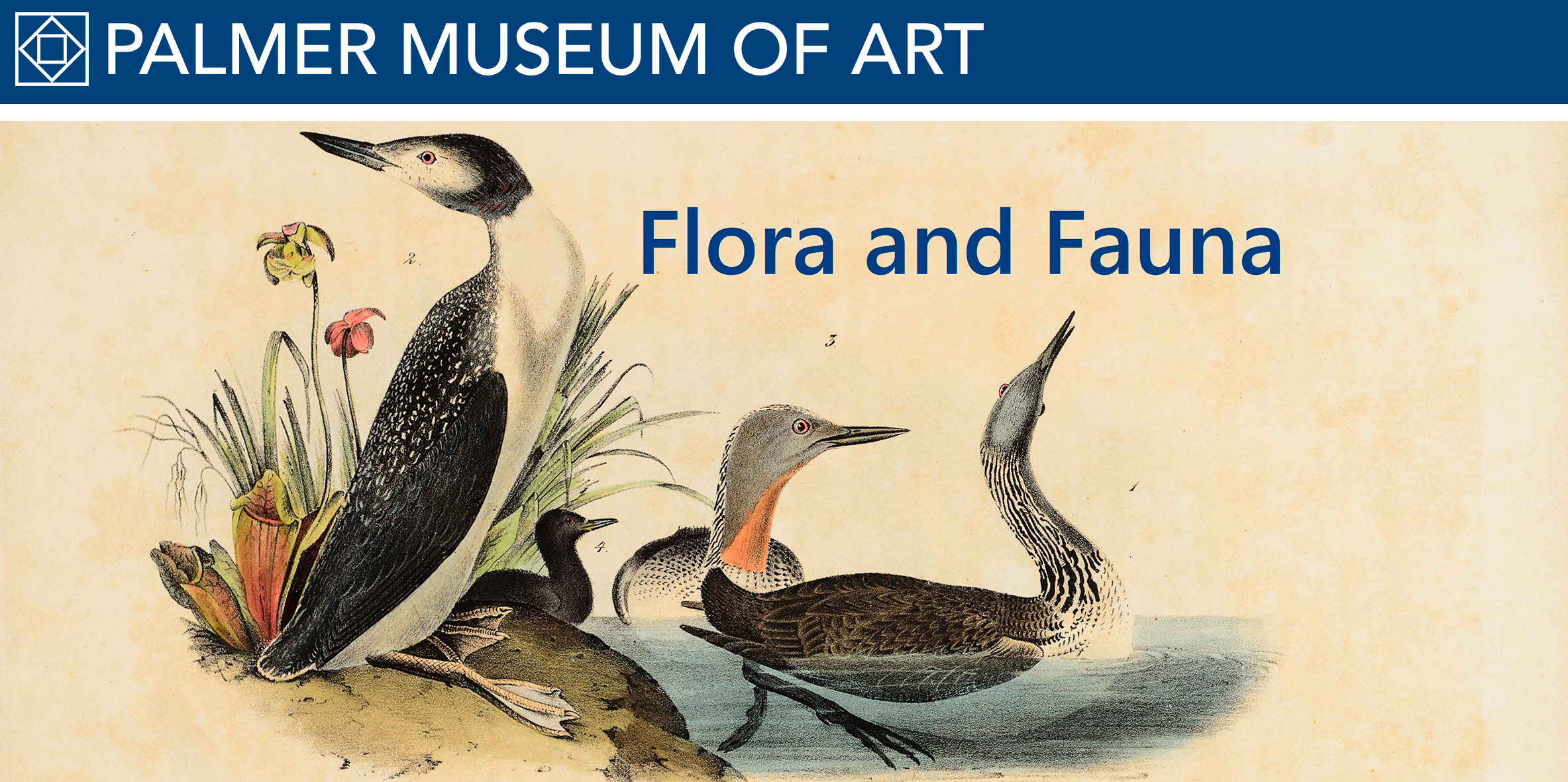Harlequin Duck Plate CCXCVII from The Birds of America, 1827–38
Item
Title
Harlequin Duck
Plate CCXCVII from The Birds of America, 1827–38
Plate CCXCVII from The Birds of America, 1827–38
Creator
Robert Havell, Jr.
American, 1793–1878
After John James Audubon
American, b. Haiti, 1785–1851
American, 1793–1878
After John James Audubon
American, b. Haiti, 1785–1851
Date
1836
Materials
Aquatint, etching, and engraving with hand coloring
Description
Born in Haiti and raised in France, John James Audubon was sent to America, in 1803, to escape conscription into First Consul Napoleon Bonaparte’s growing army. He tried his hand, with varying success, at several businesses—mining lead at his family’s estate in Mill Grove, near Philadelphia; running a dry goods store in Henderson, Kentucky—however, by 1820 he resolved to develop his lifelong passion for studying and depicting birds into a fulltime profession. In 1824, Audubon brought the drawings he had made during the ensuing years to Philadelphia, where he sought subscribers and a printer for a portfolio of intaglios he intended to publish of all the birds in the United States and its territories. He encountered little interest from either, in part because the effort promised to compete with the earlier study by Alexander Wilson, who was greatly admired by the city’s scientific community. So two years later he sailed to Great Britain, where he first engaged the Scottish printer W. H. Lizars, who managed to produce just a handful of engravings before his colorists went on strike, and then Robert Havell, Jr., of London, who over the next eleven years saw the overwhelming majority of the project through to its completion, in 1838.
Although Audubon (and, in a few instances, together with his sons) produced all of the drawings for The Birds of America, Havell was responsible for engraving, printing, and overseeing the hand coloring of its 435 plates. The entire collection is often referred to as “the double elephant folio,” after the measurement of its generous sheets, roughly 26 1/2 x 39 1/2 inches, which was selected by Audubon to accommodate his life-size illustrations. The prints were issued to subscribers, five at a time, in eighty-seven parts. Between 175 and 200 examples of the portfolio were printed; about 120 remain intact today.
Although Audubon (and, in a few instances, together with his sons) produced all of the drawings for The Birds of America, Havell was responsible for engraving, printing, and overseeing the hand coloring of its 435 plates. The entire collection is often referred to as “the double elephant folio,” after the measurement of its generous sheets, roughly 26 1/2 x 39 1/2 inches, which was selected by Audubon to accommodate his life-size illustrations. The prints were issued to subscribers, five at a time, in eighty-seven parts. Between 175 and 200 examples of the portfolio were printed; about 120 remain intact today.
Source
Palmer Museum of Art, The Pennsylvania State University, Gift of Paul Lubetkin and Joyce Gordon
Identifier
2011.102
Rights
This image is posted publicly for non-profit educational uses, excluding printed publication. Other uses are not permitted.

